
Conyers Middleton was an English clergyman. Though mired in controversy and disputes, he was also considered one of the best stylists in English of his time.

Thomas Sprat, FRS was an English churchman and writer, Bishop of Rochester from 1684.
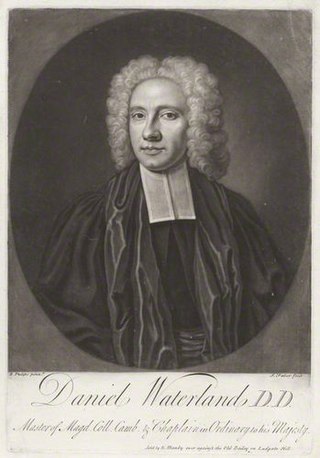
Daniel Waterland was an English theologian. He became Master of Magdalene College, Cambridge in 1714, Chancellor of the Diocese of York in 1722, and Archdeacon of Middlesex in 1730.

Browne Willis was an antiquary, author, numismatist and politician who sat in the House of Commons from 1705 to 1708.
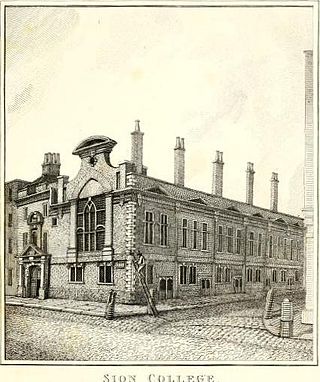
Sion College, in London, is an institution founded by royal charter in 1630 as a college, guild of parochial clergy and almshouse, under the 1623 will of Thomas White, vicar of St Dunstan's in the West.

Philip Bisse was an English bishop.
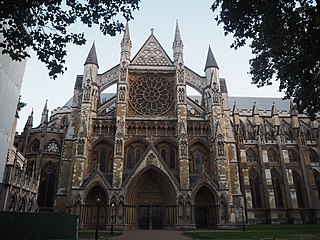
Edward Stanton (1681–1734) was an English stonemason, builder and sculptor.

The Church of St Andrew, Holborn, is a Church of England church on the northwestern edge of the City of London, on Holborn within the Ward of Farringdon Without.

Samuel Bradford was an English churchman and whig, bishop successively of Carlisle and Rochester.

Matthias Mawson was an English clergyman and academic who served as Master of Corpus Christi College, Cambridge and subsequently as Bishop of Llandaff, Bishop of Chichester, and Bishop of Ely.
Events from the year 1756 in Wales.
Events from the year 1755 in Wales.
Events from the year 1754 in Wales.
Events from the year 1749 in Wales.
Thomas Brett (1667–1743) was an English nonjuring clergyman known as an author.

John Evans was the Bishop of Meath from 1716 till 1724. He was one of the East India Company's chaplains, and served in Bengal and Madras.
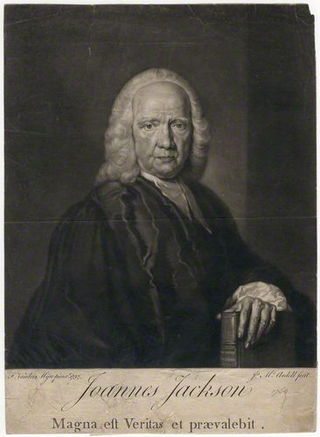
John Jackson (1686–1763) was an English clergyman and controversial theological writer.
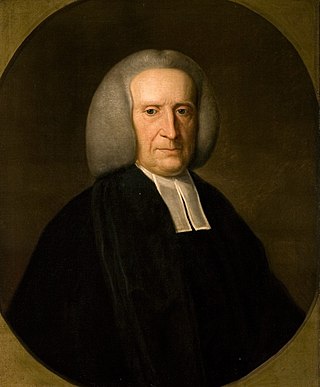
William Richardson (1698–1775) was an English academic and antiquary, Master of Emmanuel College, Cambridge from 1736.

Joseph Smith (1670–1756) was an English churchman and academic, Provost of The Queen's College, Oxford, from 1730.
John Denne D.D. (1693–1767) was an English churchman and antiquarian, Archdeacon of Rochester from 1728.















